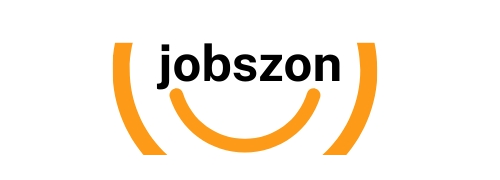Web Design Jobs For The Next Year
Embarking on a career in web design is both exhilarating and challenging. The digital landscape is ever-evolving, and the demand for skilled designers continues to grow. However, it’s essential to navigate this field with a clear understanding of its dynamics. Let’s delve into the current state of design jobs and explore strategies to thrive in this competitive arena.
The Competitive Landscape of Design Jobs
The design industry is undeniably competitive. With the proliferation of digital platforms, more individuals are entering the field, leading to a saturated market. According to recent data, the number of web designers has been increasing annually, contributing to heightened competition. However, this surge also reflects the growing demand for design services, as businesses recognize the importance of a compelling online presence.
Embracing Rapid Technological Advancements
The tools and technologies in web design are advancing at a rapid pace. Staying updated with the latest trends and software is crucial for maintaining relevance. While this constant evolution can be daunting, it presents an opportunity for designers to differentiate themselves. By embracing new tools and methodologies, designers can offer innovative solutions that set them apart from those who rely solely on traditional practices.
Evaluating Compensation in Design Roles
Compensation in design jobs varies widely based on experience, location, and specialization. Some reports suggest that average salaries for web designers range between $50,000 to $70,000 annually. While this may seem modest compared to other tech roles, it’s important to consider the flexibility and creative fulfillment that design careers offer. Moreover, designers who continuously enhance their skills and build a robust portfolio often command higher rates, especially when working with clients who value quality design.
The Value Perception of Design
A common challenge in the design industry is the perception that design is secondary to other business functions. Some clients may prioritize marketing or development over design, leading to budget constraints for design projects. However, many businesses understand that effective design is integral to user experience and brand identity. Designers can address this challenge by educating clients on the tangible benefits of good design, such as increased user engagement and higher conversion rates.
Balancing Talent with Business Acumen
Possessing exceptional design skills is essential, but it’s equally important to develop business acumen. Designers who excel in marketing, sales, and client relations often secure more projects and build lasting partnerships. Understanding the business side of design enables professionals to communicate the value of their work effectively and negotiate fair compensation.
Navigating the Impact of Artificial Intelligence
Artificial Intelligence (AI) is transforming various industries, including design. AI-powered tools can automate repetitive tasks, allowing designers to focus on more complex aspects of their work. While some fear that AI may replace design jobs, it’s more likely that AI will serve as a complementary tool. Designers who learn to leverage AI can enhance their productivity and offer more sophisticated solutions to clients.
Strategies for Success in the Design Industry
- Continuous Learning: Stay abreast of industry trends, new tools, and emerging technologies. Regularly updating your skill set ensures you remain competitive.
- Building a Strong Portfolio: Showcase a diverse range of projects that highlight your versatility and expertise. A compelling portfolio is often the deciding factor for potential clients or employers.
- Networking: Engage with the design community through events, online forums, and social media. Building relationships can lead to collaborations and job opportunities.
- Specialization: Consider focusing on a niche within design, such as user experience (UX), user interface (UI), or motion graphics. Specialization can make you more attractive to clients seeking specific expertise.
- Client Education: Communicate the value of design to clients, providing case studies or data that demonstrate how good design positively impacts business outcomes.
- Embracing Flexibility: Be open to various types of projects and clients. Flexibility can lead to a broader range of experiences and opportunities.
Conclusion
Pursuing a career in web design offers a blend of creativity and technical challenge. While the field is competitive and ever-changing, designers who commit to continuous learning, develop business skills, and adapt to technological advancements can find rewarding opportunities. By understanding the dynamics of design jobs and implementing strategic approaches, you can carve out a successful and fulfilling career in this vibrant industry.
Ready To Start Your Next Career? Click to Search Design Jobs Now!
